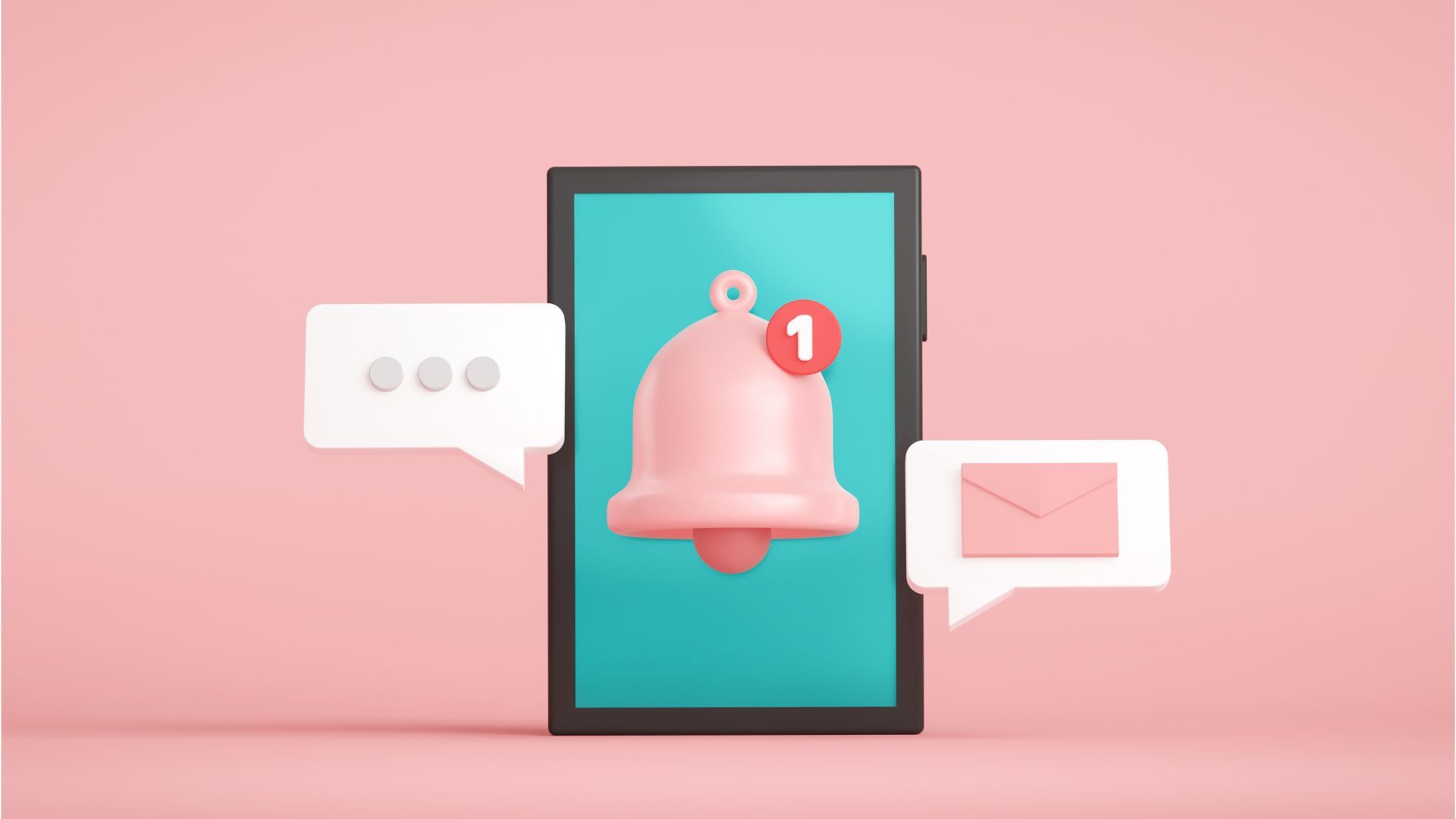The Ultimate Guide to Proposal Tracking for Businesses

Proposal tracking doesn’t sound like the most interesting topic to write an article about, we get that. Yet, ironically, it's this unglamorous task that can often make or break a deal. Welcome to the world of proposal tracking – the unsung hero of the sales process.
If you like, think about proposal tracking as like being a detective in your own business, piecing together clues to understand where each proposal stands. It's the art (and science) of keeping tabs on your proposals from the moment they leave your outbox until they hopefully transform into a signed up client.
Let’s dive into what we really mean by proposal tracking, how to implement it and how it might help your existing sales processes.
Proposal Tracking (skip if you already know what it is!)
Imagine you're throwing several paper airplanes (your business proposals) into a gusty wind (the business world). Proposal tracking is essentially about keeping an eye on each airplane, seeing which ones land successfully and which ones need a little nudge or maybe even a resend. In more formal terms, it’s the process of monitoring the status of your business proposals from the moment they are sent out until a final decision is made by the potential client. Ideally you’d want to be up to date at all times on where exactly each proposal stands, whether it’s been received, read, needs follow-up, and so on.
Why Track Proposals?

Now, you might be wondering, "Why bother tracking every single proposal?" They’ve been sent and it’s now up to the client to get back to us. Well, that’s partially true but you can actually greatly improve your chances of success even after the proposal has been sent. According to a study by Brevet, 80% of sales require an average of five follow-ups in order to close the deal. However, 44% of sales reps follow up with a prospect only once before giving up.
All you need is to know who to follow up with and when. This is what proposal tracking does for you. It can also help you understand which types of proposals, clients and strategies are being more successful. In other words it can inform your strategy so you increase your win rates. Plus, it significantly reduces the chances of proposals never being read because they went straight to the spam folder or got forgotten about entirely.
Ok, but it sounds time-intensive.
On the contrary, it saves time in the long run by helping you focus on proposals that have a higher chance of success. It’s not even that time-consuming if you use the right proposal software. More on that later…
Fitting Proposal Tracking into your Sales Process

The sales process is a journey, One which might take a long time or not but is always slightly different for every client. It can be unpredictable and might sometimes make you want to scream but after prospecting and nurturing a lead you definitely want to make sure it generates new business. Maximising the number of leads you can close depends, in part, on the information you have on this part of the process. That's where proposal tracking comes in.
Proposal Tracking’s Place in Sales
Proposal tracking helps you pinpoint exactly where you are in the sales process with each client. It tells you if your proposal is waiting to be reviewed, has already been seen by multiple or, even better, already been digitally signed. By tracking your proposals, you can start to understand how long each step usually takes for each type of proposal and client. This means you know when it’s time to follow up and when it’s just going to annoy your client.
Let’s consider a fictional example:
The Case of the Vanishing Prospect: Last year, a sales rep called John sent out a proposal and waited… and waited. With proposal tracking, John discovered his prospect was stuck at the 'read' stage. Unfortunately John wasn’t using proposal management software with a live chat function but when he did a quick follow-up call he found out the prospect had questions that were unanswered. Jim addressed these, and voilà, the deal was back on track!
The Last-Minute Save: Sarah, the founder of a digital marketing agency, noticed through her proposal software that her proposal was opened several times by different members of the client company. Sensing keen interest, she followed up with a custom presentation addressing each team member's potential concerns. The result? A new client onboarded that wouldn't have happened without those tracking insights.
Proposal Tracking Features to look out for
Proposal tracking is usually only a subfeature of proposal software which does a number of other neat things such as making your proposal look beautiful, enabling digital signatures and more. As for tracking, here’s what you need to look out for:
Status Updates: A system that doesn't update you on your proposal's status is like a weather app that doesn’t tell you it’s raining. Look for real-time notifications on when your proposal is received, read, or accepted.
Analytics and Reporting: As well as the status on a specific proposal you should look for software that allows you to understand the data on multiple proposals at a glance. It should give you insights into proposal performance, client engagement levels, and win rates.
Live chat: The best software will allow you to speak to your client right when he/she is reading your proposal which means you can track not only when they take action but also when they reach out to you.
Automation: If you’re lucky you’ll be able to send automatic reminders or prompts if certain conditions are met. This might be, for example, sending a follow-up if the proposal is opened but not signed within 7 days.
Choosing the Right App
If you’re having difficulty choosing the right proposal software to help you track your proposals, consider these tips:
Trial and Error: Many proposal software solutions offer free trials. Don't be shy to date around before you settle. They might ask for a credit card but you won’t be charged during your free trial and you can always cancel if you don’t like it.
Online Reviews: Look for what others are saying, sometimes the most famous software isn’t the best (or the cheapest!) Our personal favorite is, of course, Nusii but we are just a tiny bit biased. ;)
Ease of Use: If it takes you a long time to even understand, it's probably not the right tool for you and your team. The whole point of proposal software is to simplify the sales process, not make it more complicated.
Integration with Other Tools: Your proposal tracking system should be used in conjunction with your other apps, especially your CRM and payments platform. Integration isn’t just about convenience; it's about creating a seamless flow of information.
How to Implement Proposal Tracking in Your Business
Getting Started
Here's a step-by-step guide on how to make proposal tracking work in real life in your business:
- Based on the features we discussed earlier, pick a system that suits your business.
- Integrate the system with your existing tools like CRM and email.
- Customize the proposal templates and settings to fit your business's brand.
- Run a few trial proposals to ensure everything flows smoothly.
Training staff
Now that you've got your system, it's time to teach your team how to use it:
- Introduce the new system with an engaging training session or share documentation with the team.
- Make it relevant. For example, some members might not need to have access to certain features so they can skip on learning those bits..
Measuring Success and Making Improvements

Tracking Metrics
Keeping track of the right metrics is what it’s all about. Here are some hot ones to keep an eye on:
Open rate: The number of proposals that are actually opened, if this number isn’t high check your deliverability metrics.
Response Rate: This metric tells you how many recipients are engaging with your proposals.
Average Time to Close: This is how long it takes from sending a proposal to getting a yes..
Win Rate: This win-loss ratio tells you what percentage of your many proposals are turning into actual sales. The higher the better!
Analyzing Data
Now you have the data, here’s how to make sense of it:
Look for Patterns: Is there a particular type of proposal that’s performing well? Or a particular type of client that is responding well?
Understand Client Behavior: Are clients taking too long to respond to certain proposals? Maybe they need a little nudge or clarification or you need to work on your copy!.
Benchmark Against Goals: Compare your metrics against your sales goals. This is especially important if you have a large sales team.
Continual Improvement
The beauty of proposal tracking is that it’s not a one-and-done deal. It’s a continuous journey of improvement. Use the insights from your historical data to tweak your proposals, streamline your process, and ultimately improve your win rate. You shouldn’t be just guessing or going on gut-feeling; you’re making data-driven decisions that propel your business forward. Keep tracking, keep analyzing, and watch as your proposals transform from good to great!
And that's a wrap! From defining and understanding its role in sales to selecting the right system, implementing it, and measuring success – we've covered it all. Now it’s over to you.
Remember, proposal tracking is a must if you are regularly sending proposals out, so don't hesitate to take that first step. Here at Nusii we offer a free trial. If you want to know what you’ll be paying after that, check out our pricing page. We’re really open and transparent about these things. You can also check out all our features and take a peek at our proposal templates.
If you have any doubts, we’re always here to help.